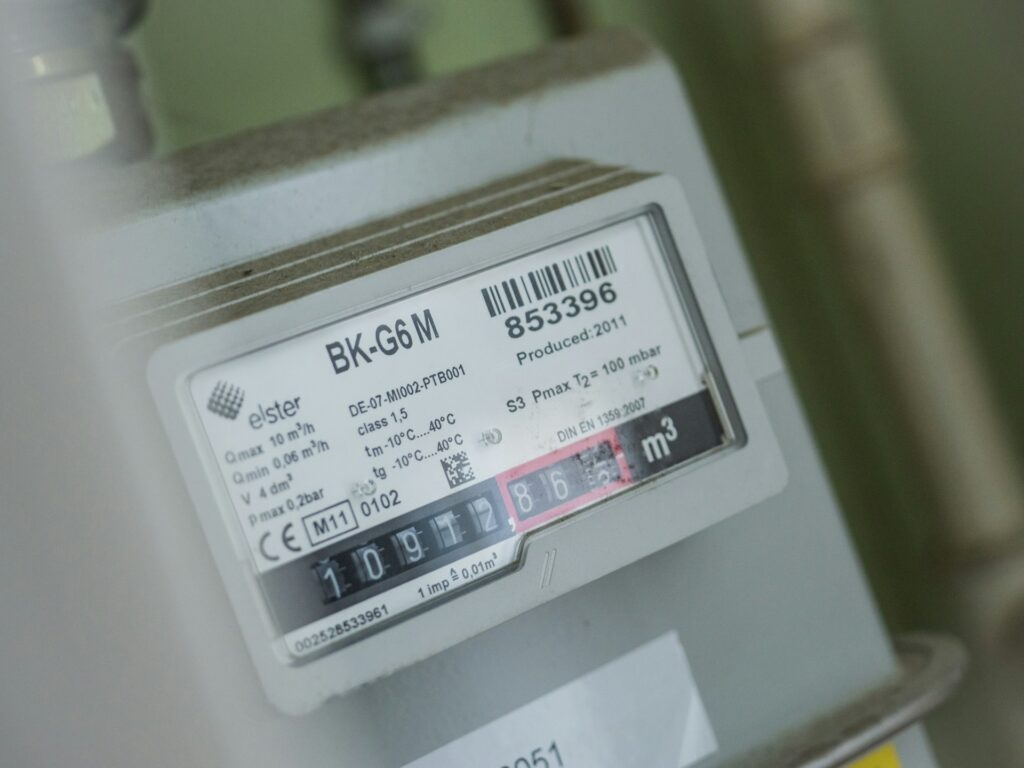
Estimated reading time: 3 minutes
Here’s a step-by-step guide on how to set up utilities in your new apartment.
Step 1: Contacting Utility Companies
Once you settle on an apartment to rent, call or visit the suitable service providers’ websites to start service.
You’ll need to provide your new address and apartment number, personal identification (e.g., driver’s license or social security number), proof of residency (lease agreement or letter from landlord), payment method (credit card or bank account information), and the desired start date for services.
During the conversation, ask;
- What are the different rate plans available?
- Is a security deposit required? If so, how much?
- What are the billing cycles and payment due dates?
- Are there any energy efficiency programs or rebates available?
- What’s the process if I need to report an outage or service problem?
- Do you have an app or online portal for managing my account?
Step 2: Setting Up Payment Methods
Choose your preferred payment method, such as:
- Automatic payments: Provide your bank account or credit card details and specify the date you want payments withdrawn
- Online payments: Create an account on the utility provider’s website and link your bank account or credit card
- Phone payments
- In-person payments
Set up reminders to alert you before due dates. Save confirmation numbers for payments and remember to store account numbers and login information securely.
Step 3: Scheduling for Installation
When scheduling for installation, prioritize essential services like electricity and water, as these often require less complex installations and can sometimes be activated remotely. For services that need on-site technicians, such as internet or cable, schedule these appointments for the day before or the day of your move-in.
Step 4: Reading Meters and Tracking Usage
Locate your meters inside your apartment, in hallways, or outside the building to read and track usage.
Electricity meters show kWh used, gas meters have dials or a digital readout showing cubic feet or cubic meters consumed, while water meters display usage in gallons or cubic feet. After reading, record monthly readings to track usage patterns using online tools like apps and verify bill accuracy.
Tips for Reducing Utility Costs
- Use energy-efficient LED light bulbs
- Unplug electronics and appliances when not in use
- Take shorter showers and fix any leaky faucets
- Run full loads in dishwashers and washing machines
- Cook with lids on pots to reduce cooking time and energy use
- Regularly clean or replace HVAC filters
- Consider using smart power strips or smart home devices
- Take advantage of off-peak hour rates if offered by your utility company